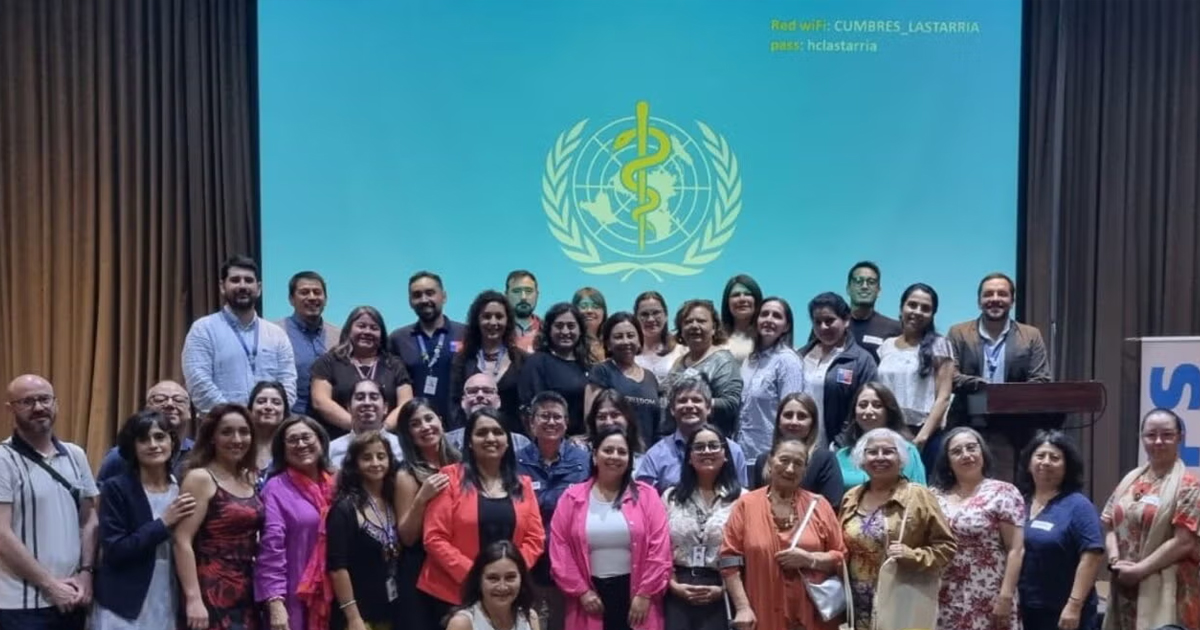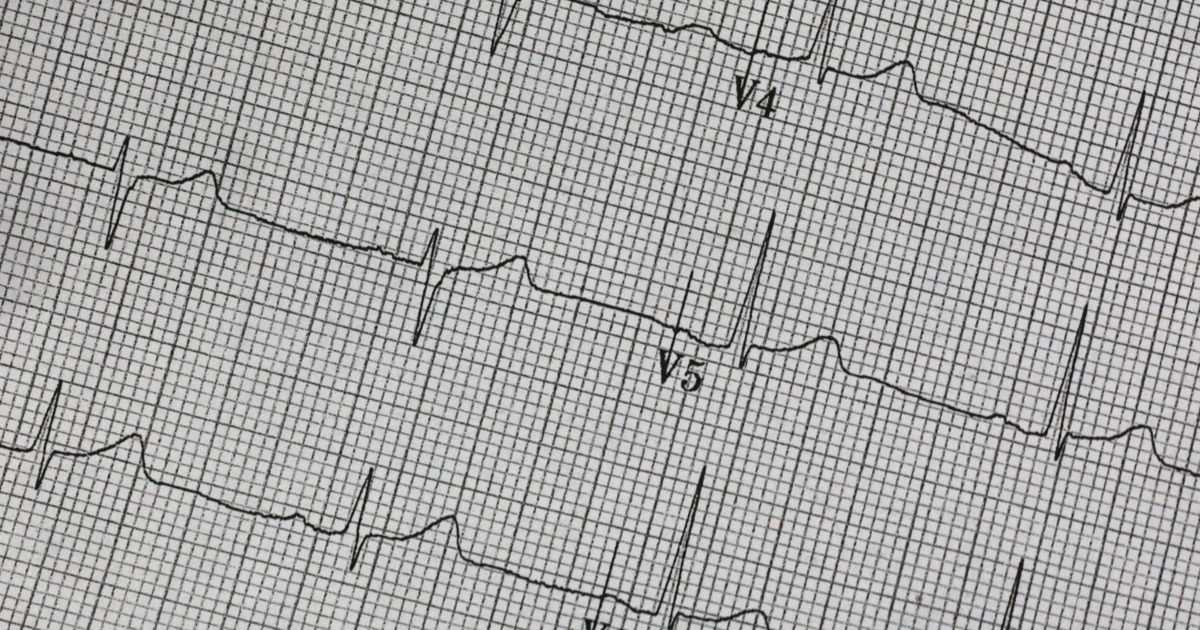Un estudio reciente del Regenstrief Institute de la Universidad de Indiana, mostró la aplicación de modelos de aprendizaje automática para predecir probabilidad de hospitalización por COVID-19 en pacientes contagiados.
The machine learning ha sido un importante recurso médico para favorecer la toma de decisiones durante la pandemia en Estados Unidos. Investigadores del Regenstrief Institute, publicaron un estudio que detalló cómo los modelos de machine learning, entrenados con datos clínicos de todo el estado de Indiana, lograron predecir la probabilidad de hospitalización de personas que se contagiaron de COVID-19.
“Lo que pensamos hacer fue aprovechar esta necesidad urgente de crear soluciones de machine learning que pudieran ayudar a los tomadores de decisiones de atención médica a tomar decisiones generales sobre el nivel de salud de la población a las que atienden”, explicó el Dr. Suranga Kasturi, primer autor del estudio.

El objetivo del estudio fue desarrollar tecnología que favoreciera la utilización efectiva de los recursos disponibles. “Ya sea el estado, el condado o alguna otra región, puede estimar efectivamente para la próxima semana o seis semanas cuántos recursos de atención médica necesitará”, dijo Kasturi.
Los datos clínicos utilizados para el estudio, forman parte del Indiana Network for Patient Care (INPC), la cual contiene más de 14 mil millones de datos de información clínica de pacientes. Para el estudio recolectaron información de 96 mil 26 pacientes.
“En el contexto de este estudio, tener soluciones de machine learning nos ayuda a aprovechar grandes cantidades de datos para ayudar a informar decisiones amplias que afectan la salud pública y de la población. Cosas que simplemente no podríamos hacer si no hubiera un sistema impulsado por AI para trabajar con cantidades tan grandes de datos”, explicó el especialista.
De esta forma los modelos desarrollados alcanzaron un gran desempeño en sus predicciones, sin embargo, al especificar las variables en subpoblaciones del estado existieron algunas disparidades. Según explicó el Dr. Kasturi, los modelos funcionaron bien, sin embargo, hay un gran margen de mejora para potencializar el rendimiento de los algoritmos.
“El próximo paso sería abordar esas disparidades, asegurando que el modelo brinde una atención justa y equitativa. Una vez que eso suceda, podremos tener conversaciones más amplias en términos de cómo se puede integrar en los flujos de trabajo de salud pública existentes”, concluyó.
El estudio está disponible en el siguiente enlace: https://www.jmir.org/2021/11/e31337







